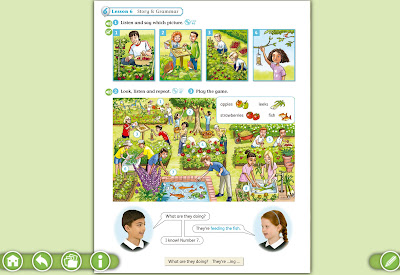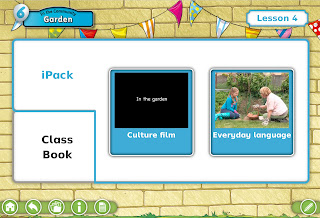LESSON 6
Do you remember the story from the previous lesson?
Do exercise number one.
📢📢Listen and say which picture
Now, you have to practice this grammar structure. Write in your notebook:📒
GRAMMAR
WHAT ARE YOU DOING?
Esta pregunta la usamos en inglés para preguntar sobre lo que estamos haciendo en este momento.
La respuesta es:
Sujeto +AM/ IS /ARE + el verbo ( acción que estamos haciendo) seguido de - ING.
I´m reading a book
she is cooking a fish
they are swimming
Now, you are going to practice this grammar point with a game. ⬇️ Exercise number two.
📢📢 Look and listen.
https://drive.google.com/file/d/1yv9L1HJSj8vzUsJX5Ll_L8ZZHuiCXAbZ/view?usp=sharing
Then, play the game ‘in family’
Now, go to the Activity Book page 52.
To do the first exercise, you have to listen.
Then, play the game ‘in family’
Now, go to the Activity Book page 52.
To do the first exercise, you have to listen.
Good!
EXERCISES NUMBER TWO AND THREE ARE THE LAST EXERCISES.
Perfect, you have finished!
👏🏻👏🏻👏🏻👏🏻👏🏻👏🏻👏🏻👏🏻👏🏻👏🏻👏🏻👏🏻👏🏻👏🏻👏🏻👏🏻👏🏻👏🏻👏🏻👏🏻👏🏻👏🏻👏🏻👏🏻👏🏻👏🏻
Perfect, you have finished!
👏🏻👏🏻👏🏻👏🏻👏🏻👏🏻👏🏻👏🏻👏🏻👏🏻👏🏻👏🏻👏🏻👏🏻👏🏻👏🏻👏🏻👏🏻👏🏻👏🏻👏🏻👏🏻👏🏻👏🏻👏🏻👏🏻


















